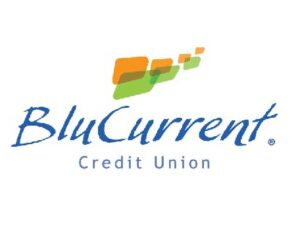Personal banking has always been built on face-to-face relationships. Today, though, it is challenging for credit unions and other financial institutions to regularly meet in-person with their members in a mobile world where people are constantly getting things done while on-the-go. Credit union branches today also need to get as much done as they can with limited resources.
Video banking is on the rise because it helps financial institutions ensure the continuity of this core value of personal relationships into the era of digital and mobile. Video banking recreates the in-branch experience remotely, and lets credit unions keep the human touch in digital member engagement. Video also gives credit union members easy, in-person access to knowledge experts across the organization as a whole for their specific needs, from anywhere they happen to be (i.e from the branch, from home or on mobile), on an array of devices.

Today, credit union members have countless options to meet their banking needs. They can walk into a branch and visually connect and share content with the banking associate who can best address their needs, even if this expert is located in another branch or in a contact center in another state altogether. Giving members convenient access to this base of centralized knowledge is invaluable for engagement and efficiency. By giving members access to its organization-wide level of knowledge and expertise from the comfort of home, the office or wherever they are, credit unions provide stronger engagement through video, while also increasing branch efficiency and reducing overhead — it’s a win-win.
The expectations of credit union members and customers of all types of financial institutions are evolving. The evolution of the brick-and-mortar credit union or bank branch is a good example of how customer engagement today is largely transactional; many people opt for self-service engagement tools that may not involve too much human interaction where it is not needed. The popularity of online and mobile banking applications is a clear example of this.
Yet, current research shows that providing the additional option to remotely connect face-to-face via video chat can make their customer or member experience even more powerful. People still want to personally connect with another human during critical moments, such as when they are planning for college, launching a small business or buying a home; however, today, meeting face-to-face needs to be flexible and non-disruptive to consumers’ daily workflow or routine.
Using video to engage credit union members is both personable and practical – through video, not only can members connect with credit union employees face-to-face, but they can also share content in real-time, such as important documents that need to be reviewed and signed.
Video banking is gaining popularity; we recently conducted a survey in partnership with CUNA Strategic Services, with almost 20% of survey respondents having deployed at least one form of video banking, while more than 40% are piloting a video service and more than 80% are planning to offer video banking in the future. Check out the full video banking survey here.

Take BluCurrent Credit Union’s experience with video banking for example – implementing video resulted in a 20% increase in banking product sales, with members having the ability to quickly and easily connect face-to-face with any centralized knowledge expert remotely.
Video helps credit unions across the United States transform their member experience and get things done. To learn more about video banking, see the results for yourself.
From June 12 – 14, we are attending the Digital Banking 2017 event in Austin, TX, presented by American Banker; come visit the Vidyo team at booth number 20 and say hello!